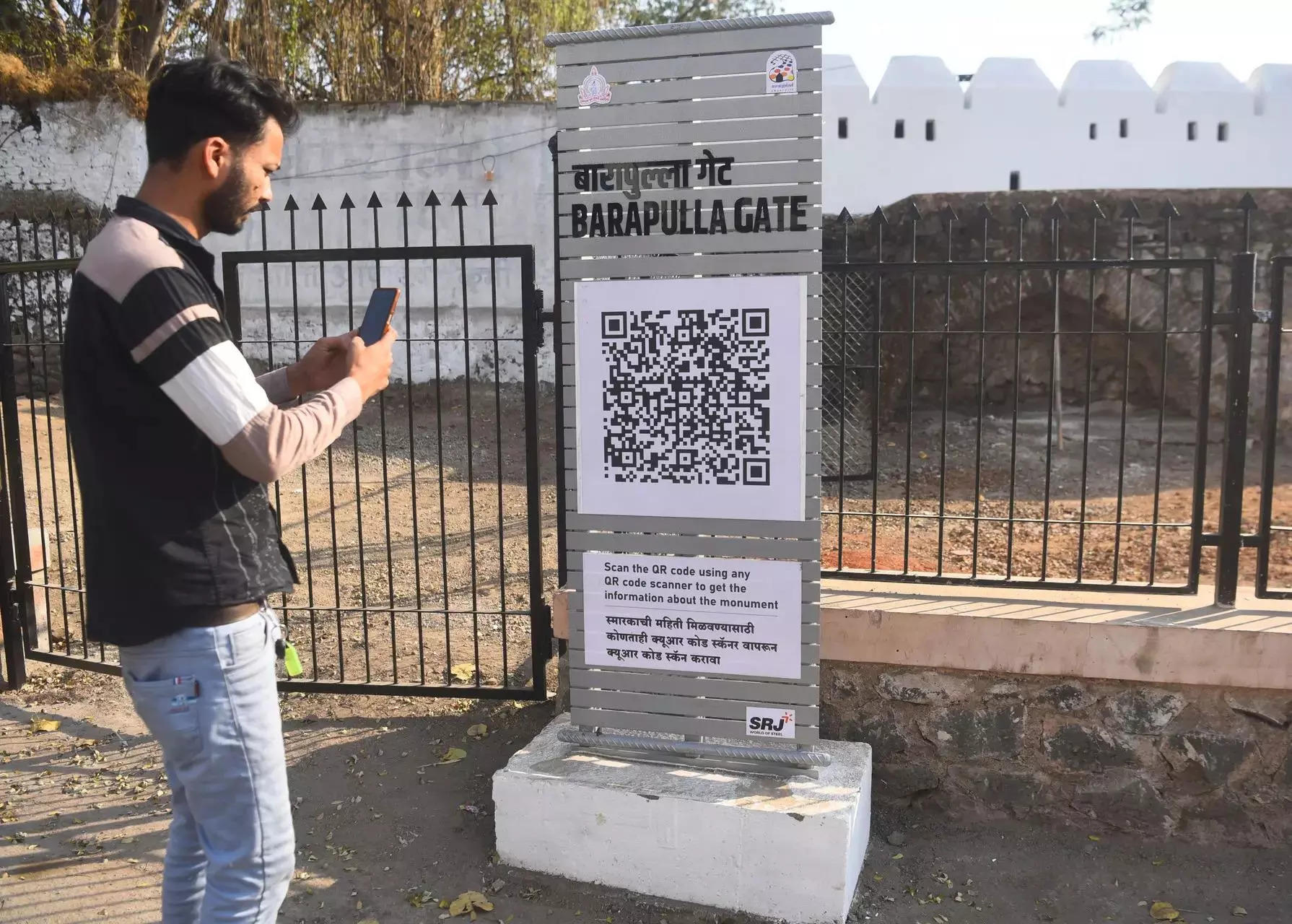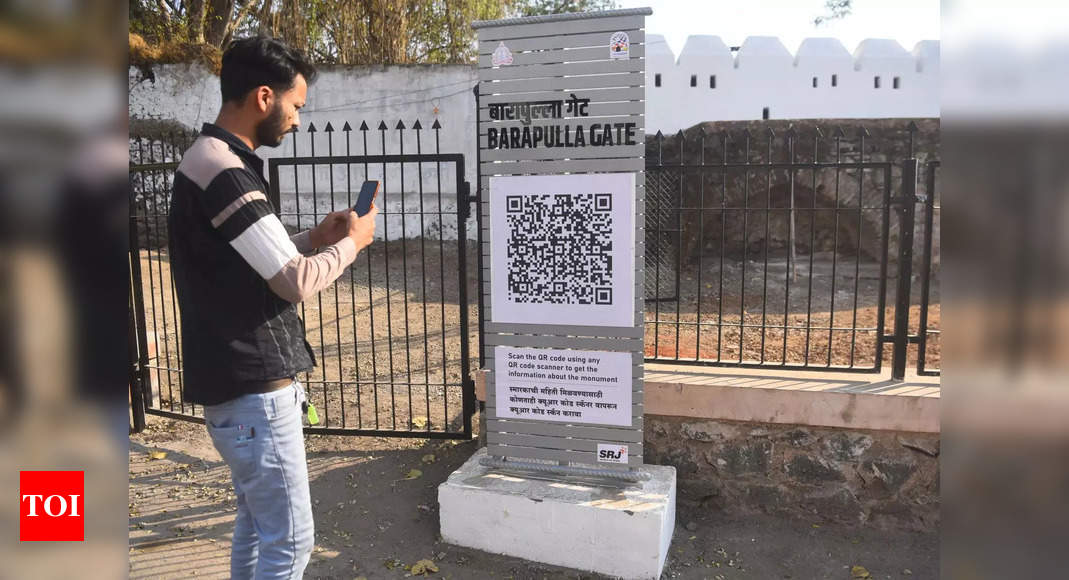
BENGALURU: India has witnessed a significant surge in monthly real-time payments, which have increased to 13.3 billion transactions from 2.6 billion three years.
According to a BCG-QED investors report, the availability of an alias directory and QR codes on top of real-time payments infrastructure was critical in propelling innovation. The report – based on insights from interviews with over 60 global fintech CEOs and investors – highlights the key forces shaping the industry.It acknowledges the role of digital public infrastructure and govt involvement in India’s success.
“Many countries have tried to emulate the success of the two leading players: India’s UPI and Brazil’s Pix. However, the limited success of these efforts reveals that isolated implementations of point solutions for digital identity or real-time payment systems do not suffice to foster widespread adoption,” said Karthik Ragupathy, head of strategy and investor relations at PhonePe, who was quoted in the report.
India has recently introduced new notifications to clarify KYC and co-lending standards for fintechs. Similarly, the consumer financial protection bureau in the US is preparing to develop guidelines under Section 1033 of the Dodd-Frank Act, which aims to empower customers by giving them control over their financial data and the right to access and share it.
India’s DPI stack consists of govt-defined protocols across three layers, enabling private innovation: a foundational national digital ID, a platform for interoperable instant and cheap payments, and a consent-based exchange of federalised data. Despite the challenges faced by the fintech industry in recent years, there is immense potential for future growth.
According to a BCG-QED investors report, the availability of an alias directory and QR codes on top of real-time payments infrastructure was critical in propelling innovation. The report – based on insights from interviews with over 60 global fintech CEOs and investors – highlights the key forces shaping the industry.It acknowledges the role of digital public infrastructure and govt involvement in India’s success.
“Many countries have tried to emulate the success of the two leading players: India’s UPI and Brazil’s Pix. However, the limited success of these efforts reveals that isolated implementations of point solutions for digital identity or real-time payment systems do not suffice to foster widespread adoption,” said Karthik Ragupathy, head of strategy and investor relations at PhonePe, who was quoted in the report.
India has recently introduced new notifications to clarify KYC and co-lending standards for fintechs. Similarly, the consumer financial protection bureau in the US is preparing to develop guidelines under Section 1033 of the Dodd-Frank Act, which aims to empower customers by giving them control over their financial data and the right to access and share it.
India’s DPI stack consists of govt-defined protocols across three layers, enabling private innovation: a foundational national digital ID, a platform for interoperable instant and cheap payments, and a consent-based exchange of federalised data. Despite the challenges faced by the fintech industry in recent years, there is immense potential for future growth.
Source link

